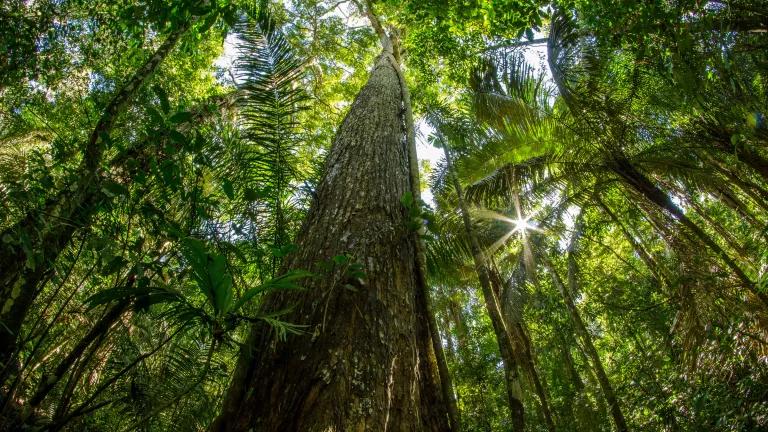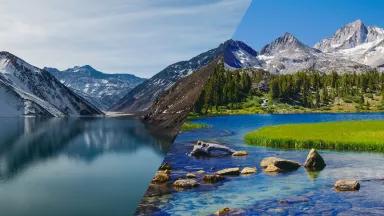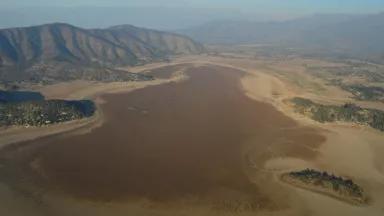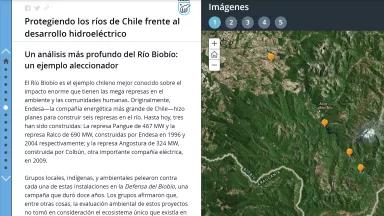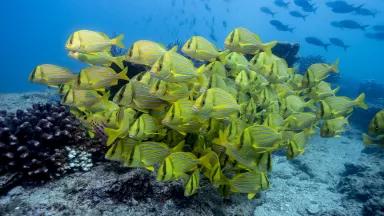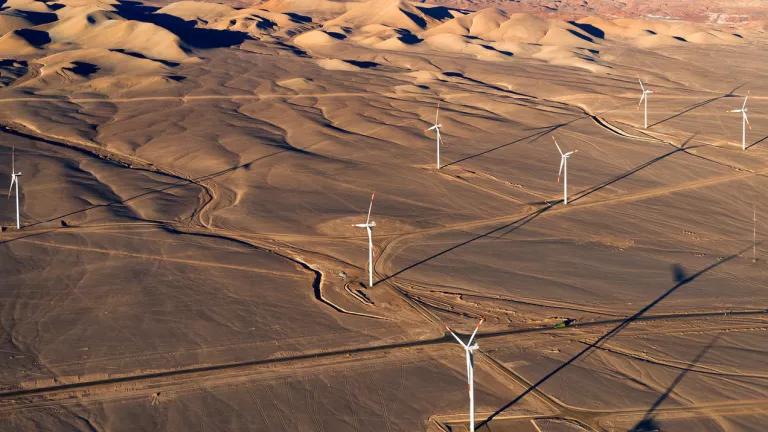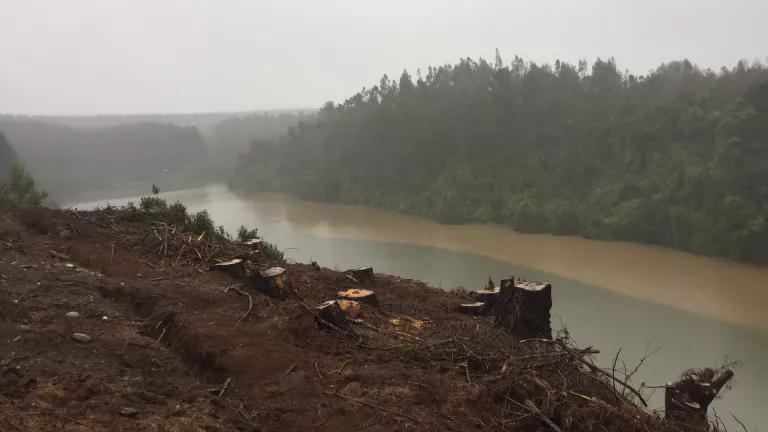Protect Latin America’s Natural Resources
NRDC is working to protect the region’s natural treasures from exploitation and to support sustainable development.
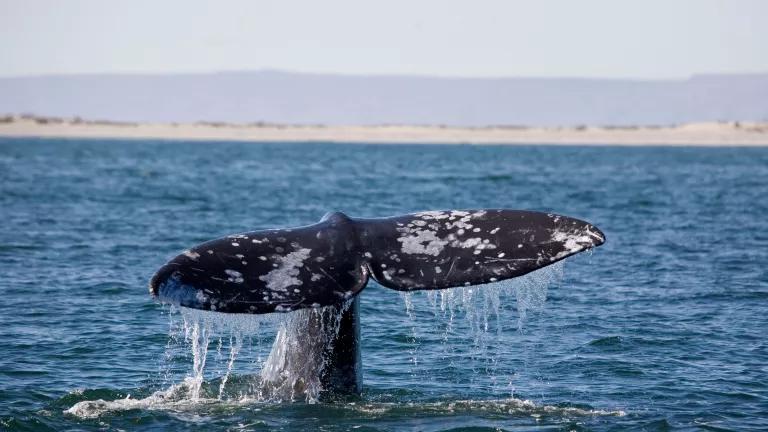
David Bacon/Alamy
From the thriving waters of the Baja California Peninsula in Mexico to the glacier-capped Andes Mountains in Patagonia, Latin America is known for its extraordinary ecosystems and their profound ecological, economic, and cultural value. These ecosystems also provide important nature-based solutions to climate change
It has always been important to protect these resources. But as our planet faces the twin crises of biodiversity loss and climate change, scientists are urging us to conserve at least 30 percent of the earth’s land and 30 percent of the oceans by 2030.
Latin America, home to 50 percent of the world’s species, has the greatest percentage of land under protected status of any major world region. However, many of these countries struggle to monitor and enforce protective regulations. Natural places are under threat. Hydroelectric dams, fossil fuel extraction, expanding agriculture, ranching, logging, and mining operations have devastated local ecosystems and the many people who rely on these natural resources for their well-being, cultural practices, and livelihoods.
NRDC has worked in Latin America to preserve healthy ecosystems for decades, including:
- Protecting the biodiverse Chihuahuan Desert grasslands—a natural carbon sink and winter haven for 90 percent of the Great Plains’ migratory birds—from poor water management and expansion of agriculture and cattle grazing
- Safeguarding Chile’s rivers and watersheds from destructive infrastructure projects, poor management, and climate change
- Defending the Baja coast from development proposals that would cause irrevocable damage
- Supporting native forests in the region by deterring illegal logging in Peru’s Amazon rainforest and restoring forest health in Costa Rica
We develop on-the-ground partnerships, working with allies to emphasize local contexts and bottom-up organizing. With our range of tools and international expertise, our work supports sustainable development that links healthy ecosystems to human security. We also leverage international environmental forums and agreements—like the Convention on International Trade in Endangered Species, the UNESCO World Heritage Convention, and the Ramsar Convention on Wetlands of International Importance—to push for stronger national protections.
Related Content
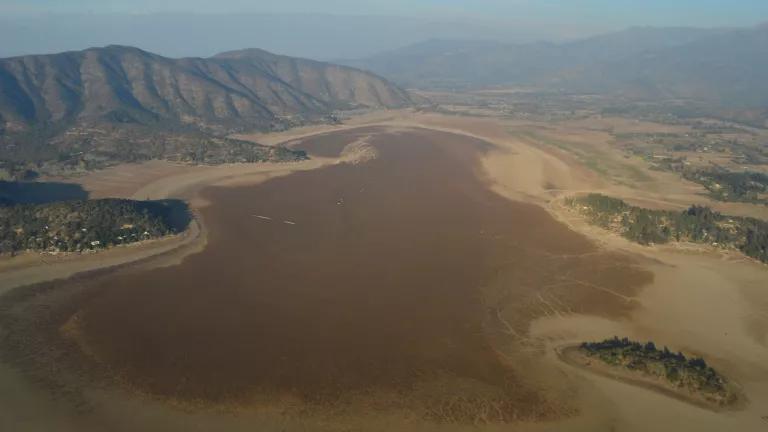
A New Course: Managing Drought and Downpours in the Santiago Metropolitan Region
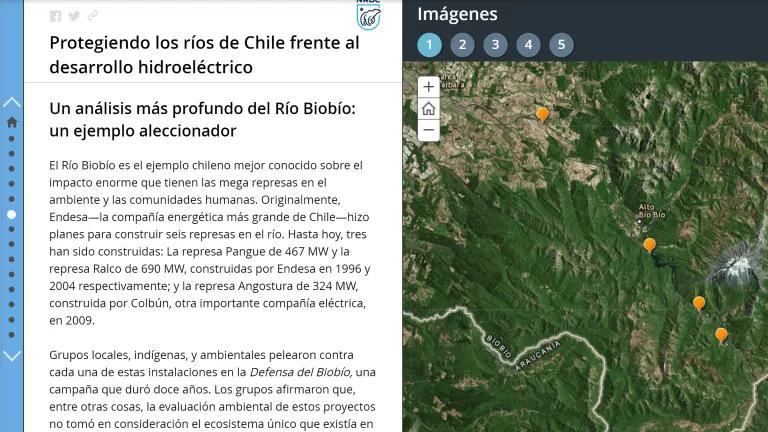
Protect Chile’s Patagonia with Clean Energy Alternatives to Mega Dams
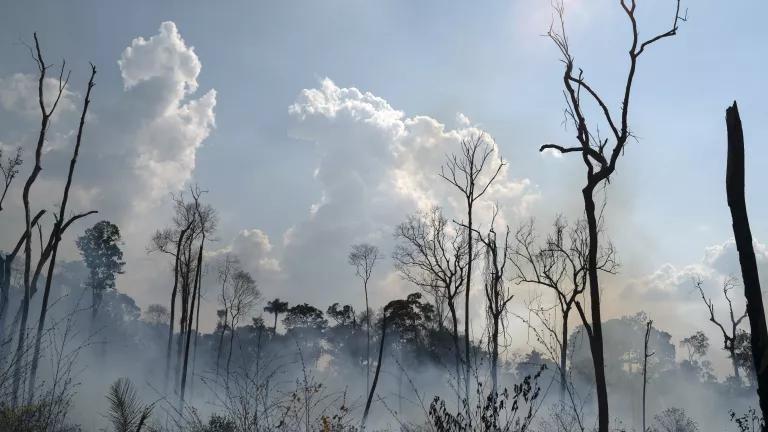
Jair Bolsonaro to a Horrified World Community: “The Amazon Is Brazil’s, Not Yours”

Latin America Can Be a Climate Leader with Better Land Use

The Complicated Patchwork of Amazonia
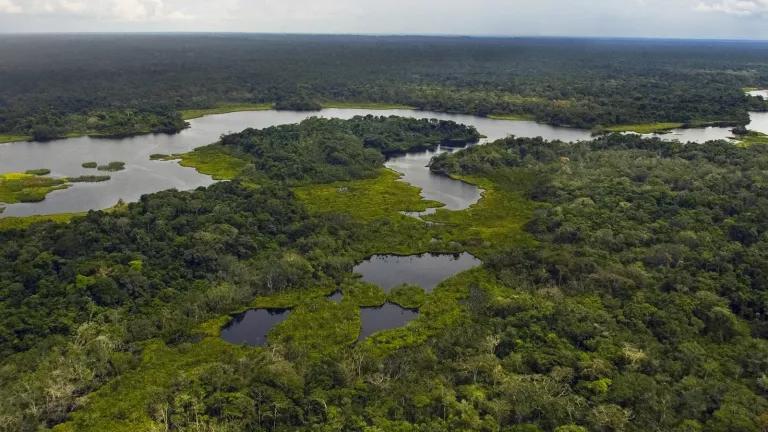
A Village in Ecuador’s Amazon Fights for Life as Oil Wells Move In
